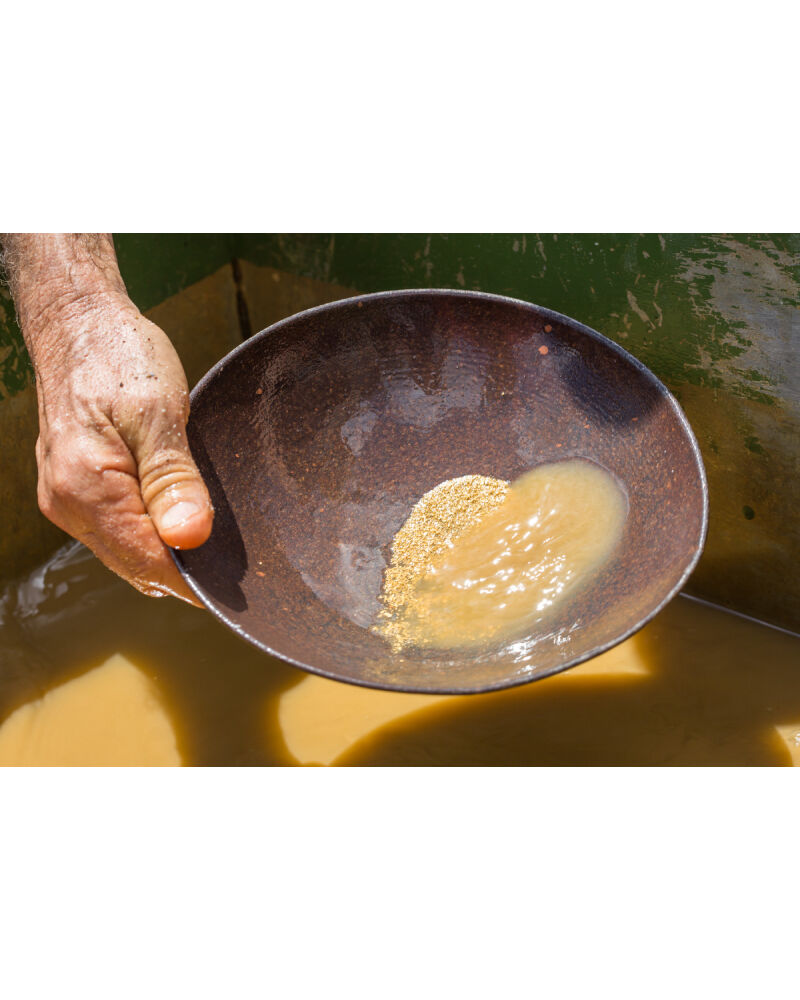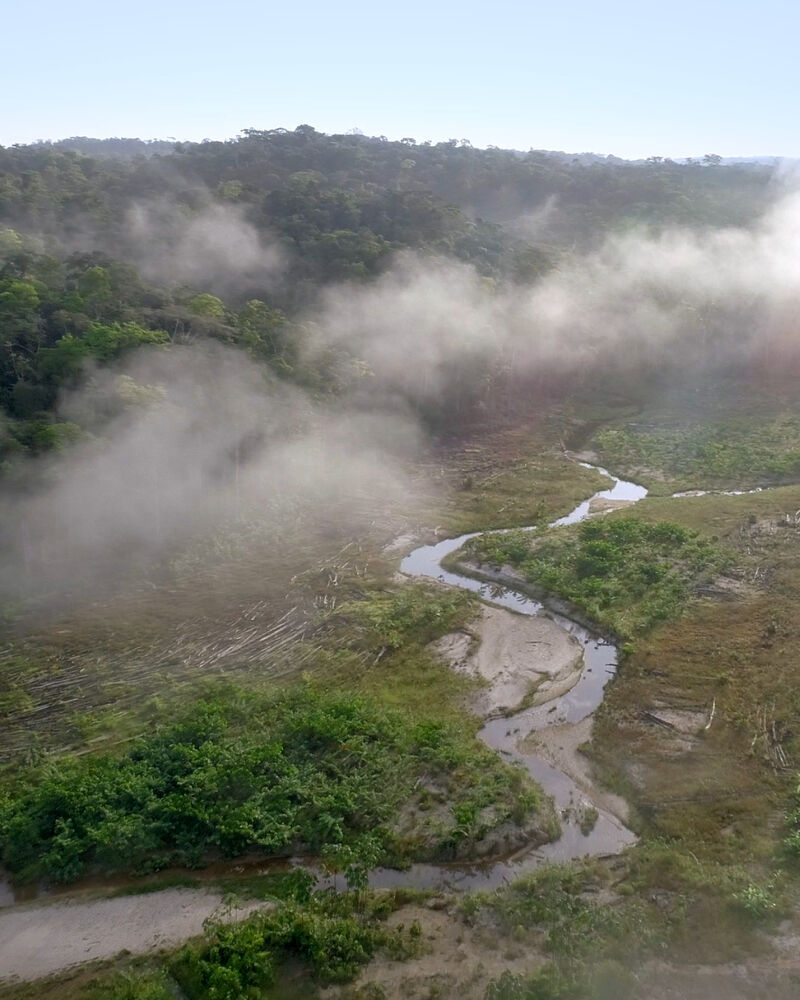

Move creation into your favourites
Need inspiration ?
Don't you have an account ?
Create one !Don't you have an account ?
Create one !
Change country/region
europe
middle east
americas
international
Select your language
- Français
- English
Select your language
- Français
- English
Select your language
- Français
- English
Select your language
- Français
- English
Select your language
- English
Select your language
- Français
- English
Select your language
- English
Select your language
- English
Select your language
- English
Select your language
- English
Select your language
- English
Select your language
- English
Select your language
- Français
- English
Select your language
- Français
- English
Select your language
- English
Select your language
- English
Select your language
- Français
- English
Select your language
- English
Select your language
- 中文
- English
Select your language
- 中文
- English
Select your language
- 中文
Select your language
- 日本語
- English
Select your language
- 한국어
Select your language
- English
Select your language
- English
- العربية
Select your language
- English
- العربية
Select your language
- English
- العربية
Select your language
- English
- العربية
Select your language
- English
Select your language
- Français
- English
- Русский


